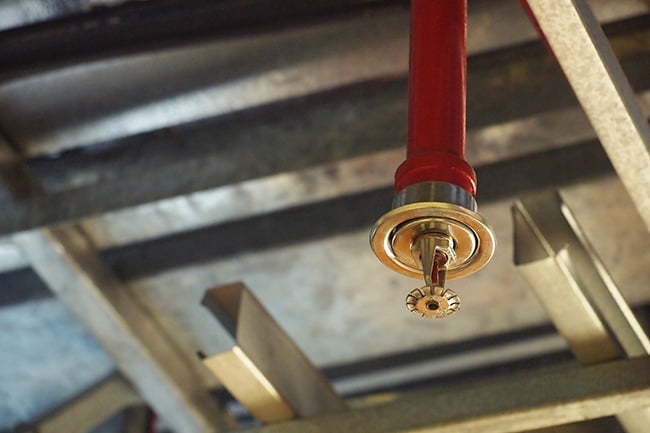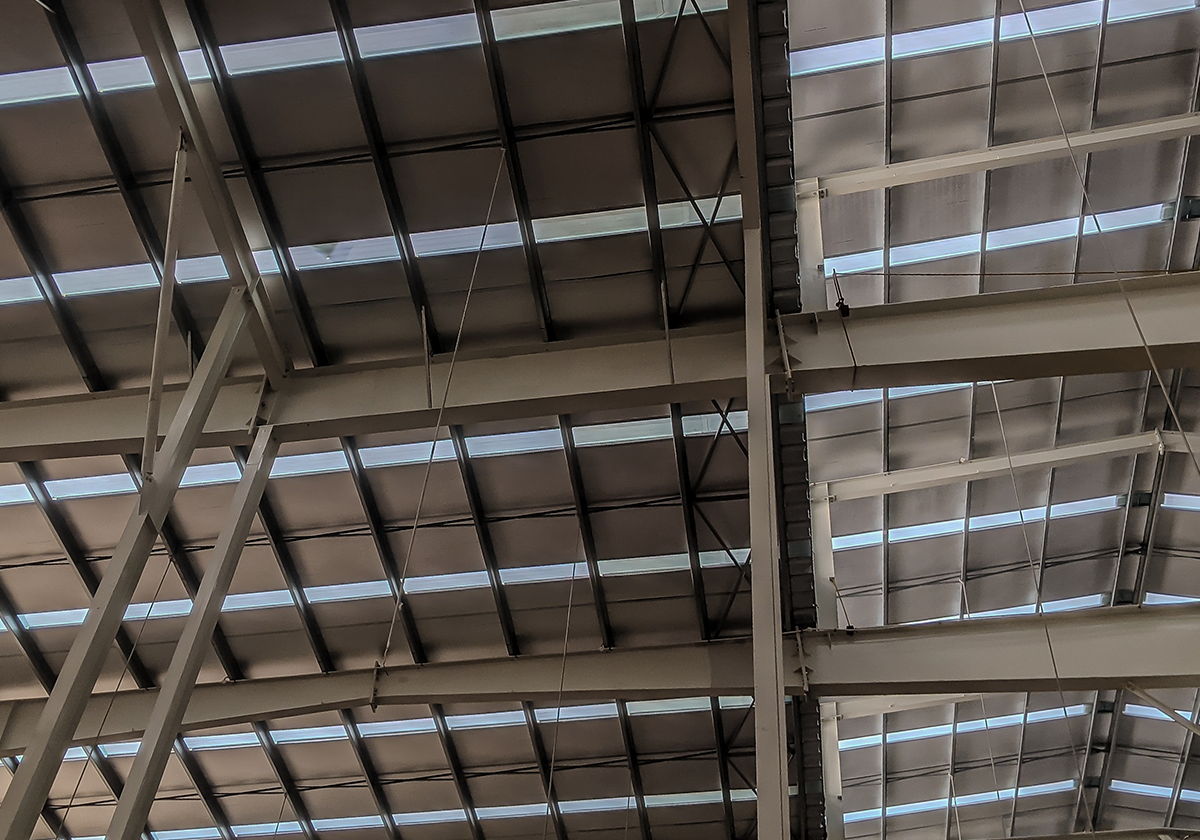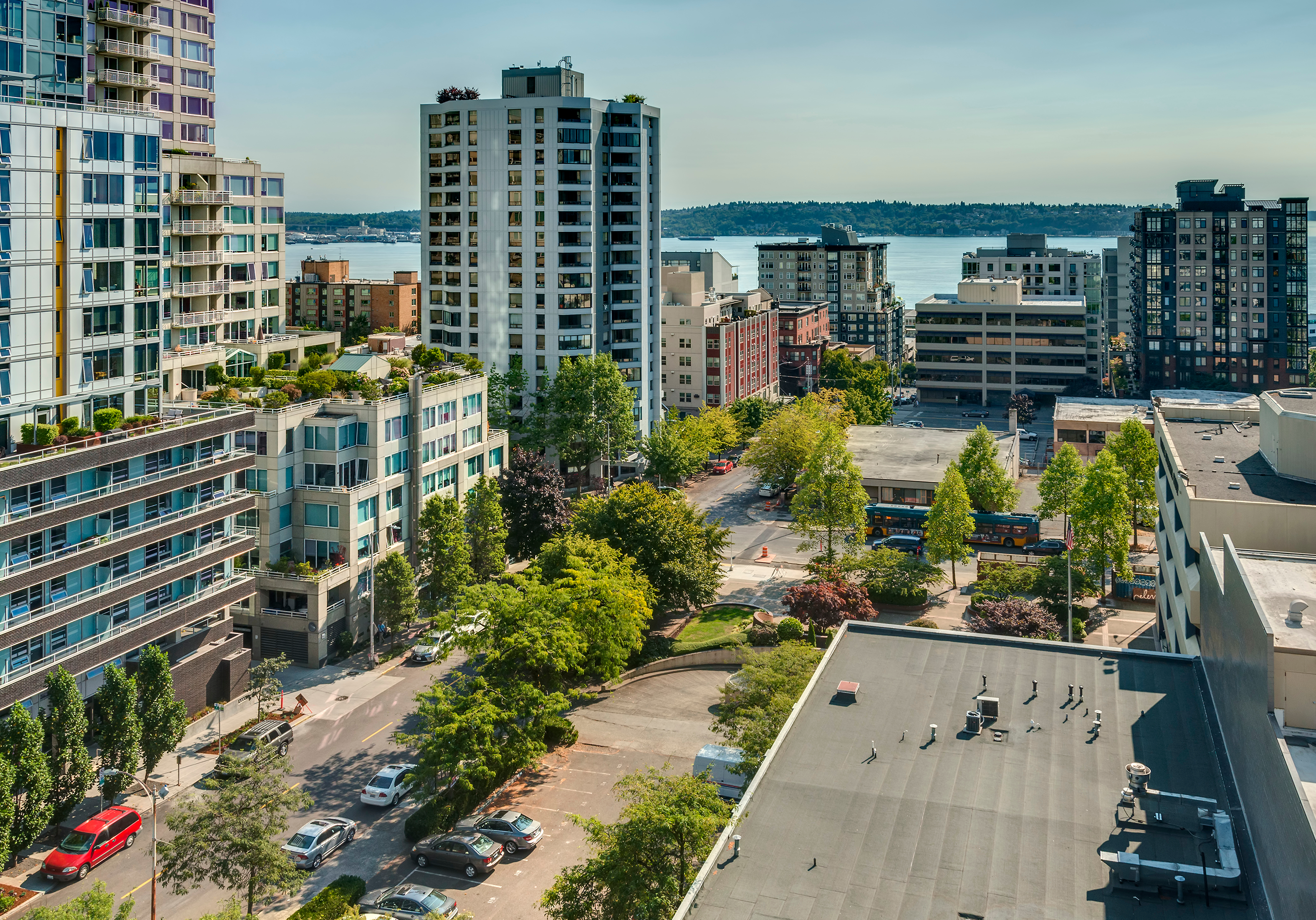Sprinkler credit gives your commercial properties a huge win when it comes to premium cost. Yet getting this credit can be elusive for some buildings. We have a solution! Given the impressive track record of automatic fire sprinklers, WSRB extends credit to all eligible sprinkler systems. Having all the documentation to evaluate an automatic fire sprinkler system thoroughly is preferred, but we will evaluate systems that do not have some previously required elements, including the original “As-Built” plans.
An eligible automatic sprinkler system will receive a WSRB Mechanical Grade and Loss Cost discount when meeting the following guidelines:
- The system is operational (turned on, inspected, tested, and maintained to code).
- The system must be for light or ordinary hazard occupants (not requiring specialized systems such as high storage).
- The system is designed for the current occupancy (design information must be confirmed through hydraulic placard at riser, a partial set of plans, or some other method).
- Water supply information is available and adequate for the fire sprinkler system demand, including hose lines.
Related:
WSRB's Essential Guide to Commercial Property Risk Assessment
High-hazard occupants, especially those protected with special application sprinklers, or buildings where sprinkler design information may be incomplete (sometimes the case in apartment or condominium complexes or motels) will require additional information such as plans in order to verify that the sprinkler heads and system layout match the design of the system and the occupancy of the building. In rural and some other areas, WSRB will need to be able to verify the water supply available to the system.
“Maintained sprinkler systems do their job,” said Robert Lacy, Vice President of Field Operations at WSRB. “Policyholders deserve credit for ensuring they are protecting property and lives.” When asked why WSRB can offer this program Lacy explained, “Over the years, the fire protection industry has recognized not only the property protection value of these systems but also the life safety value. Plus, the number of disciplines and amount of expertise has increased. Public fire officials are better trained, the Fire Protection Engineering discipline has grown and there are typically state licensing requirements for those involved with the design, installation and maintenance of sprinkler systems.”
All of these factors have led to more reliably designed and installed automatic fire sprinkler systems. Studies show that these systems are up to 97% effective in controlling fires as intended. Those that don’t work are usually those that are not kept operational (turned on), not maintained properly, or were not designed for the occupancy of the building.
To request sprinkler reports, please visit the member section of WSRB’s website.










